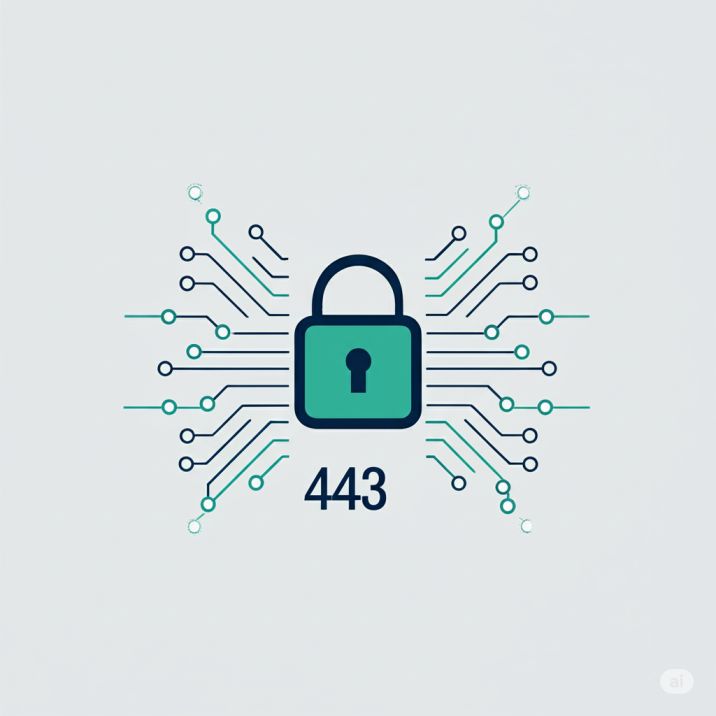
Port 443 and Website Security: Why It Matters
Secure your site and boost trust, learn how Port 443 and HTTPS protect user data with encryption. Read the full guide to get started!

© 2024 Crivva - Business Promotion. All rights reserved.